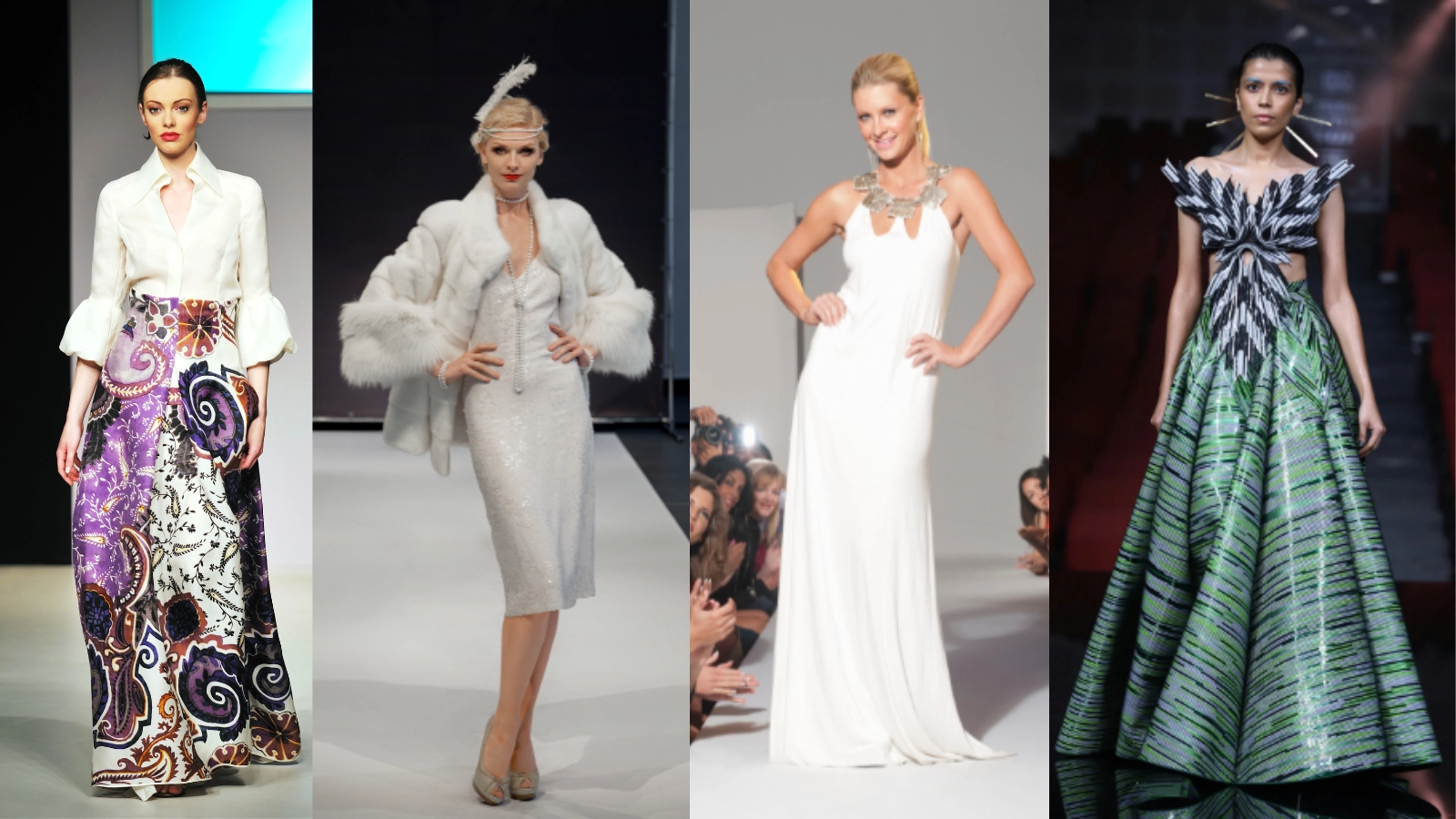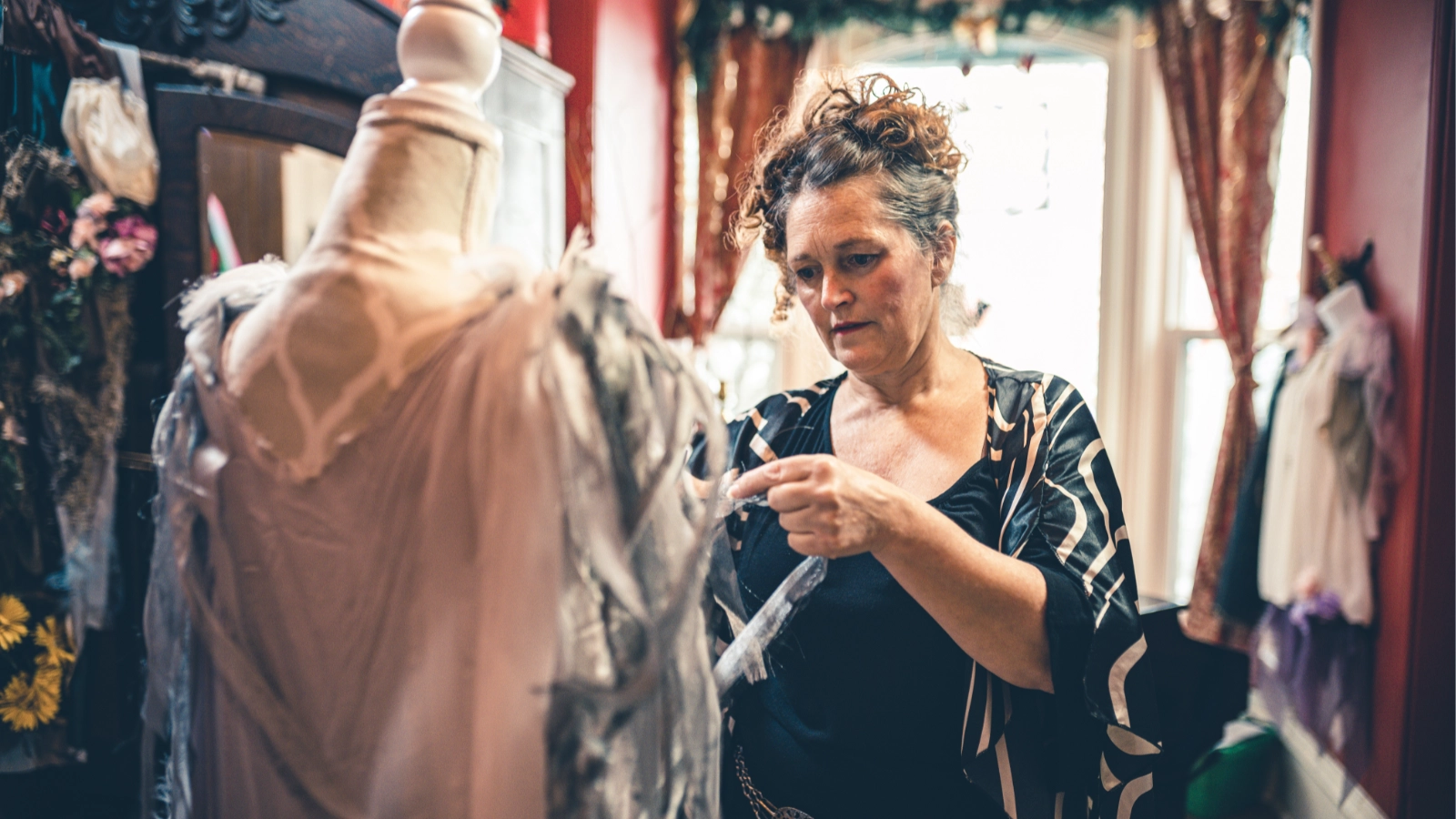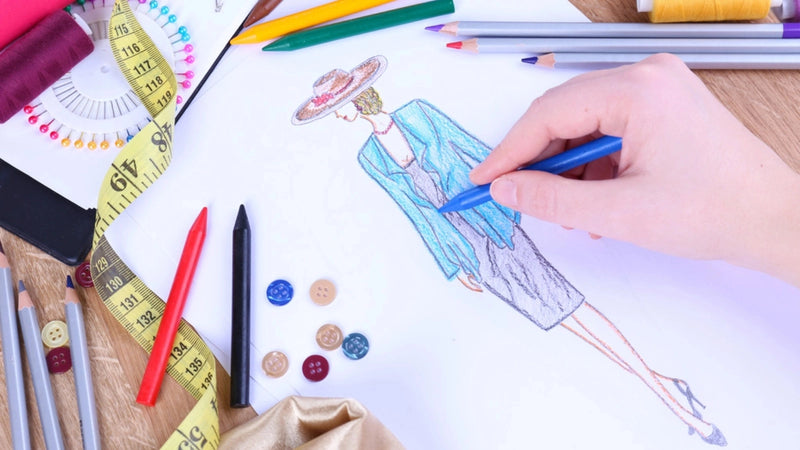Fashion design is an intricate blend of art, creativity, and functionality. It is governed by a set of principles that guide designers in their quest to create compelling garments and accessories. These principles include carefully considering color theory and the balanced use of shapes and textures, which serve as the foundation for innovative and cohesive collections.
Understanding the nuances of proportion, harmony, and style not only enhances a designer's work but also elevates the overall aesthetic experience for the wearer, making fashion a powerful form of self-expression.
Key Takeaways
- Use sustainable materials in fashion to protect the environment. This also attracts buyers who care about nature.
- Design clothes for all body shapes and cultures. This supports diversity and helps reach more customers.
- Try new technology like AI and smart fabrics in designs. These tools can predict styles and improve clothing features.
- Share your designs on social media to connect with people. Talking to your audience keeps you important in a changing industry.
The Elements of Fashion Design

Fashion design uses several key elements to create visually appealing and functional garments. These elements serve as the foundation for every creative decision.
Line
Lines guide the eye and define a garment's structure. They can also create movement, emphasize certain areas, or add visual interest.
Vertical lines, for example, elongate the body and create a slimming effect. Horizontal lines, on the other hand, can make areas appear wider. Curved lines add softness and fluidity, while diagonal lines bring energy and dynamism.
Shape and Silhouette
The silhouette is the outline or contour of a garment. It determines how the clothing interacts with the body and creates its overall impression.
In fashion, silhouettes can range from fitted and structured to loose and flowing. For example, an A-line dress creates a triangular silhouette, while a pencil skirt offers a sleek, narrow shape.
Color
Color is one of the most powerful elements of fashion. It evokes emotions, sets the tone, and influences how a garment is perceived.
Warm colors like red and orange create energy and excitement, while cool tones like blue and green bring calmness. Neutral colors such as black, white, and beige provide versatility and balance.
Understanding color theory helps you make informed choices that enhance the visual appeal of your creations.
Texture
Texture adds depth and character to your designs. It refers to the surface quality of a fabric, which you can see or feel.
Textures can be smooth, rough, soft, or stiff, influencing how a garment looks and behaves. For example, a silky fabric creates a sleek and luxurious appearance, while a coarse material like burlap gives a rustic and rugged feel.
Pattern
Patterns, repeated decorative elements on fabric, such as stripes, florals, or geometric shapes, can transform a simple garment into a striking piece that grabs attention. They bring life and personality to your designs.
You can use patterns to express creativity and individuality. Bold, oversized prints make a statement, while smaller, intricate patterns add sophistication. Patterns also help you create visual effects. Vertical stripes elongate the body, while horizontal ones add width. Mixing patterns, like pairing polka dots with plaid, creates a playful and modern aesthetic.
The Principles of Fashion Design

Fashion relies on key principles to create visually appealing and functional garments. These basic principles guide you in making thoughtful decisions during the fashion design process.
1. Balance
Balance ensures that a garment feels stable and visually pleasing. It refers to the distribution of visual weight across a design. There are three ways to achieve balance: symmetrical, asymmetrical, and radial.
- Symmetrical balance, also called formal balance, creates a mirror-like effect. For example, a jacket with evenly sized lapels on both sides achieves this type of balance.
- Asymmetrical balance, or informal balance, uses unequal elements to create interest. A one-shoulder gown is a great example.
- Radial balance focuses on a central point, like a dress with embellishments radiating from the neckline.
2. Proportion
Proportion relates to the size and scale of different elements within a garment. It ensures that all parts of the design work together in harmony. For instance, a long, flowing skirt paired with a fitted top creates a balanced look.
Proportion can flatter the wearer’s body shape. Designers often follow the “golden ratio” to achieve aesthetically pleasing proportions. When this principle is applied, your designs feel natural and well-organized.
3. Emphasis
Emphasis draws attention to a specific area of a garment. It creates a focal point that captures the viewer’s eye. You can achieve emphasis through color, texture, or design details. For example, a bold red belt on a black dress immediately stands out.
Designers often use embellishments, like sequins or embroidery, to highlight certain areas. When you use emphasis effectively, it adds personality and visual interest to your designs.
4. Rhythm
Rhythm in fashion design creates a sense of movement and flow within a garment. It guides the viewer’s eye across the design, ensuring a cohesive and dynamic look.
Repeating elements like lines, colors, or patterns can achieve rhythm. For example, a dress with evenly spaced pleats or a blouse with a recurring floral motif establishes a rhythm. This repetition creates a visual beat, much like music, that keeps the design lively and engaging.
5. Unity
Unity ensures that all elements of a garment work together harmoniously. It ties the design into a cohesive whole, making it visually appealing and easy to understand.
You achieve unity by maintaining consistency in color, texture, and style. For instance, pairing a sleek satin blouse with a matching skirt creates a unified look. When every detail complements the others, the design feels complete.
6. Contrast
Contrast adds excitement and visual interest to your designs. It highlights differences between elements, such as light and dark colors, smooth and rough textures, or fitted and loose silhouettes.
Contrast can draw attention to specific areas or create a bold statement. For example, a black-and-white dress with sharp geometric patterns immediately catches the eye.
How to Apply Principles of Design Practically
Applying these design principles requires thoughtful planning and execution.
- Start by finding inspiration that aligns with your vision. This could come from current trends, historical styles, or even personal experiences.
- Once you have a clear idea, focus on choosing fabrics that suit the purpose of your garment.
- Next, consider picking colors that evoke the desired mood. Bright, bold colors create energy, while muted tones bring calmness.
- Combine these with harmonious textures and patterns to enhance the overall design.
- Always keep sustainability in mind. Opt for eco-friendly materials and processes to reduce environmental impact.
By applying these principles, you can create garments that are not only visually stunning but also meaningful and functional.
Fashion Trends for the Future
Moving forward, let’s delve into the upcoming fashion trends that are set to dominate the scene.
AI and Automation in Fashion Design
AI and automation are revolutionizing fashion design. You can now use AI tools to predict fashion trends by analyzing consumer preferences and market data. These tools help you create designs that resonate with your audience.
Automation speeds up production processes. This allows fashion brands to bring new collections to market faster. For example, AI-powered software can generate patterns or suggest color palettes based on current trends. This technology reduces the time spent on repetitive tasks, giving you more freedom to focus on creativity.
AI also enhances personalization. You can design garments tailored to individual preferences by using AI algorithms. This approach ensures that your designs meet the unique needs of each customer.
Wearable Technology and Smart Fabrics
Wearable technology and smart fabrics are shaping the future of fashion. These innovations combine style with functionality. For instance, you can design clothing that monitors health metrics like heart rate or body temperature.
Smart fabrics, such as those embedded with sensors, adapt to environmental changes. A jacket might adjust its insulation based on the weather, keeping the wearer comfortable.
By integrating fashion technology into your creations, you offer consumers a blend of innovation and elegance.
Social Media’s Role
Social media plays a significant role in shaping fashion trends. Platforms like Instagram and TikTok allow you to showcase your designs to a global audience.
Influencers and celebrities often set trends by wearing specific styles, which quickly gain popularity. You can use social media to engage with your audience and gather feedback on your designs.
Conclusion
The principles of fashion design in 2025 are transforming how you approach clothing. Personalization, inclusivity, and technological integration are shaping the future of style. Sustainable fashion stands out as a key focus, ensuring designs respect the planet while meeting consumer needs.
These principles go beyond trends. They help you create innovative and meaningful garments. Staying aligned with them ensures your designs remain relevant in the ever-changing fashion industry.
Learn more fashion tips on the Longan Craft Blog, and dive into the fabric world with Longan Craft!
FAQs
How does technology impact the role of a designer?
Technology enhances your creativity and efficiency. AI tools help you predict trends, automate repetitive tasks, and personalize designs. Smart fabrics and wearable tech also allow you to create garments that combine style with functionality.
Why is sustainability important for a designer?
Sustainability ensures your designs minimize environmental harm. As a designer, you must choose eco-friendly materials and processes. This approach not only protects the planet but also appeals to conscious consumers who value ethical fashion.
How can a designer balance creativity with practicality?
A fashion designer should consider the wearer's needs and the garment's purpose. They should use innovative designs that remain functional and comfortable. Testing their creations ensures they meet both aesthetic and practical requirements.


0 comments